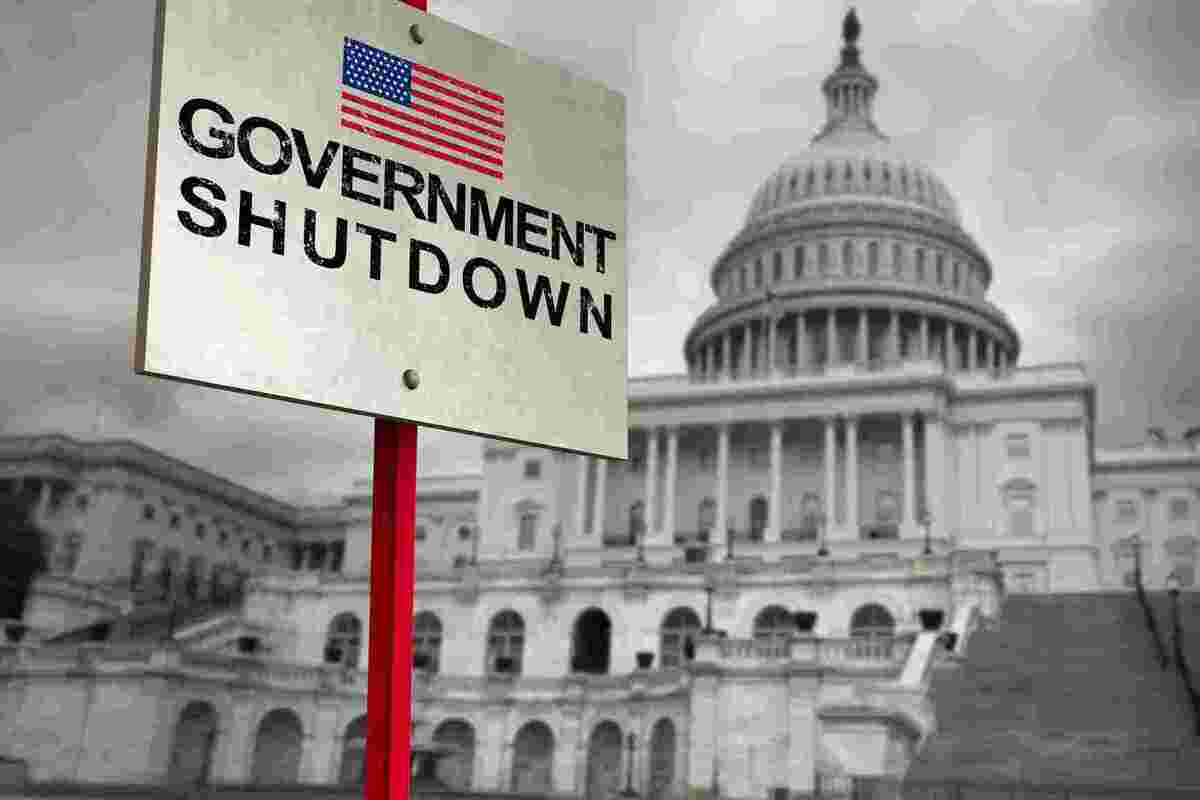Navigating IT Contracting During a Government Shutdown: A Proactive Approach
- | 28 Sep 2023

Categoy: Company
In today's volatile political climate, government shutdowns are, unfortunately, a reality that many industries have to contend with. For IT contractors, these shutdowns present unique challenges. Being service providers integral to the functioning of critical government infrastructure, it's vital to plan. Let's delve into a strategic approach to mitigate potential roadblocks.
1. Recognizing Your Position in the Ecosystem: As an IT contractor, your relationship with the government is akin to a consultant. You provide invaluable expertise, insights, and recommendations. However, the ball of decision-making lies in the government's court. Recognize this dynamic and ensure open, transparent communication.
2. The Imperative of Impact Evaluation: Before diving into action, take a moment to assess. How will a government shutdown affect your IT services? What are the most vulnerable areas? By conducting a thorough impact analysis, you not only arm yourself with knowledge but also provide the government with crucial data. This assessment can guide the prioritization of essential services during a shutdown.
3. Pleading for Priority Status: When initiating government contracts, there's more you can do than just set terms and sign. Advocate for your IT services to be tagged as "mission-critical." Such a status can be a shield during shutdowns, ensuring your operations don't hit a wall and, more importantly, avoiding potential tech disruptions when normalcy resumes.
4. Pre-emptive Strategizing Your Best Ally: Ever heard the saying, "Hope for the best, prepare for the worst"? It rings especially true here. Don't wait for a shutdown to loom large to start planning. Design a contingency blueprint well in advance. This forward-thinking not only secures your operations but is also a boon for the government, ensuring that essential digital infrastructure remains intact.
In conclusion, while government shutdowns can be daunting, they don't necessarily spell disaster for IT contractors. With foresight, strategic planning, and open communication, you can navigate these murky waters, ensuring minimal disruption and maximum efficiency. It's about being two steps ahead, always.